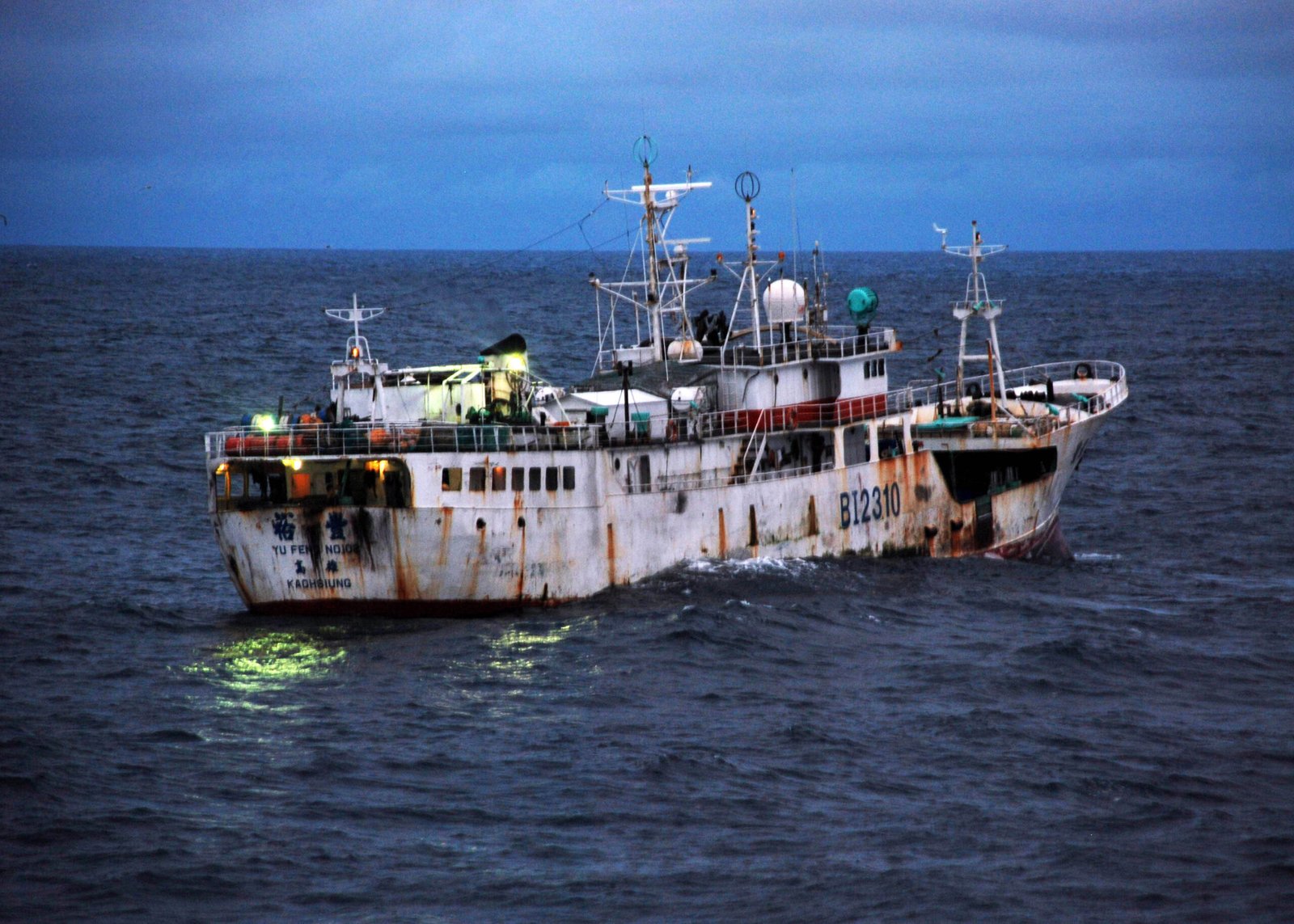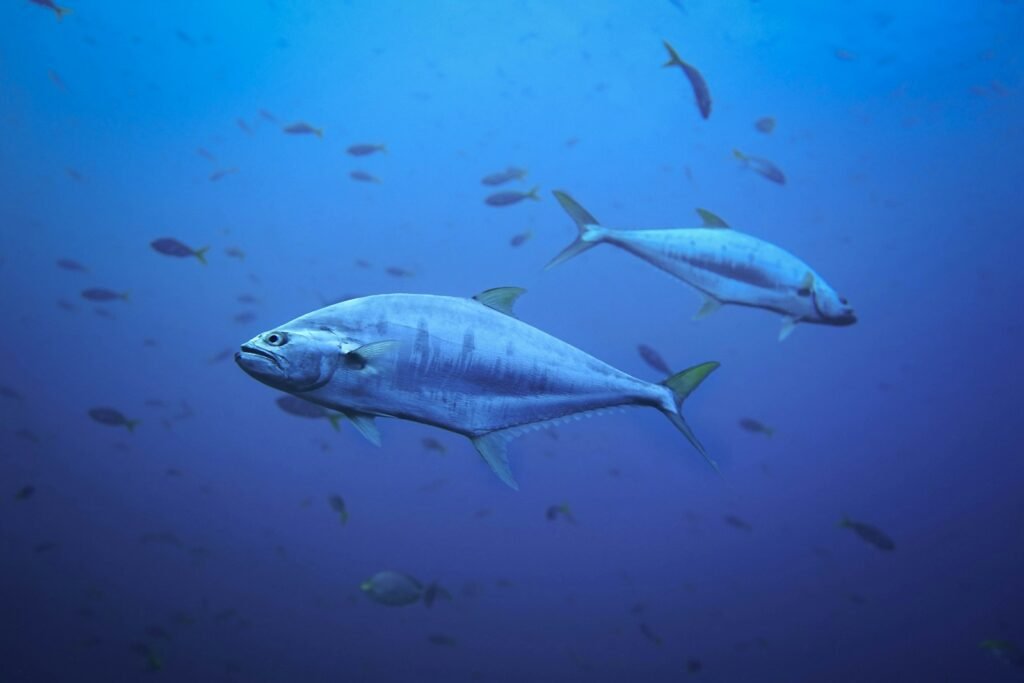Imagine a creature that can swim thousands of miles across the open ocean, crossing invisible lines that humans have drawn on maps, but is completely unaware of their existence. Now, picture dozens of nations watching anxiously as these animals—tuna—move across their waters, carrying not just their silvery bodies, but the hopes, economies, and even rivalries of the people who depend on them. The story of migrating tuna is not just a tale of nature’s wonders, but a riveting drama of politics, power, and survival—one where the stakes are as high as the world’s appetite for sushi and sashimi.
The Majesty and Mystery of Tuna Migration
Tuna are among the ocean’s most remarkable travelers. With bodies built for speed and endurance, species like the Atlantic bluefin can dart across vast stretches of ocean, sometimes covering entire basins to feed or spawn. Scientists have tracked these fish making epic journeys from the Gulf of Mexico to the Mediterranean, defying what we once thought possible for a fish. These migrations aren’t random; they follow ancient routes, guided by instincts honed over millions of years. But as they traverse these watery highways, tuna pass through waters claimed by different countries, sparking a wave of political tension wherever they go.
The Economic Value of Tuna: More Than Just a Fish
For many nations, tuna is not just a resource—it’s the backbone of coastal economies. The global tuna industry is worth billions, fueling jobs for fishermen, processors, and exporters from Japan to the Pacific Islands. The demand for tuna, especially prized bluefin, can drive prices to shocking heights at auction, sometimes fetching more per pound than gold. For small island nations, tuna represents a lifeline—a way to support families and fund schools. This economic importance makes the management of tuna stocks a fiercely contested issue, with livelihoods hanging in the balance.
Invisible Borders: How Tuna Ignore Human Boundaries
Unlike people, fish don’t need visas or passports. This simple truth causes a surprisingly complex problem. Tuna swim freely from one country’s exclusive economic zone (EEZ) to another, and even into international waters where no single country has authority. When tuna cross from one EEZ to another, questions arise: who owns the fish? Who gets to catch them? These invisible borders, drawn on nautical charts, mean nothing to the tuna, but everything to the governments trying to manage them.
International Law and the Struggle for Control
To bring order to this chaos, countries have turned to international agreements and organizations. Treaties like the United Nations Convention on the Law of the Sea (UNCLOS) try to set rules for harvesting fish that cross borders. Regional Fisheries Management Organizations (RFMOs) bring countries together to negotiate quotas and conservation measures. But these talks can be tense. Each country wants the biggest possible share, and some push the limits, taking more than their agreed quota or ignoring rules altogether. It’s a diplomatic dance, where science and politics often collide.
The Science of Tracking Tuna
Scientists are at the heart of this story, using technology to follow tuna on their ocean-spanning journeys. Satellite tags, electronic monitoring, and genetic analysis help researchers map migration routes and estimate populations. Their discoveries can be astonishing: a single bluefin tagged off the coast of North America might turn up months later in Europe. This science is vital for setting sustainable quotas, but it also fuels arguments. When data suggest stocks are declining, some countries resist tighter restrictions, fearful of economic losses.
Overfishing: The Race to Catch Tuna First
As tuna populations become more valuable, a dangerous race emerges. Countries and companies rush to catch as much as possible before the fish swim into someone else’s waters—or before stricter rules are imposed. This “race to fish” can drive overfishing, pushing tuna populations to the brink. The Atlantic bluefin, once abundant, has faced dramatic declines because of relentless overfishing. The tragedy is that in trying to secure short-term gains, everyone risks losing out in the long run.
Illegal, Unreported, and Unregulated (IUU) Fishing

Not all tuna is caught legally. Some vessels operate under the radar, ignoring quotas or fishing in off-limits areas. This illegal, unreported, and unregulated (IUU) fishing undermines conservation efforts and steals profits from honest fishers. The vastness of the ocean makes enforcement incredibly difficult. Satellite tracking and international cooperation help, but the problem is persistent. IUU fishing is estimated to cost billions annually and threatens the very survival of some tuna stocks.
Climate Change: Shifting Tuna Highways
As the ocean warms, tuna migration patterns are changing. Fish that once followed predictable routes are now venturing into new waters, sometimes far from where nations expect them. This unpredictability creates new diplomatic headaches. Countries that historically depended on tuna may find their catches dwindling, while others suddenly find themselves with new opportunities—and new conflicts. The shifting seas of climate change add yet another layer of complexity to an already tangled political issue.
Pacific Island Nations: Small Countries, Big Stakes
For many small Pacific island countries, tuna is their greatest natural asset. These nations have banded together through organizations like the Parties to the Nauru Agreement to negotiate better deals and protect their stocks. Their unified voice has forced distant-water fishing nations to pay more for access and respect conservation rules. But the balance is fragile. As tuna stocks shift or decline, these countries stand to lose the most, despite having the least power in global negotiations.
The Sushi Connection: How Consumers Drive the Crisis

It’s easy to forget, but every piece of tuna sashimi or can of tuna salad connects us to this global drama. Consumer demand, especially for luxury products like bluefin sushi, fuels the rush to catch more tuna. When diners choose sustainable options or ask questions about sourcing, they can push the industry toward better practices. But as long as the appetite for tuna remains insatiable, the pressure on stocks—and on international politics—will continue.
Hope on the Horizon: Can Cooperation Save Tuna?

Despite the challenges, there are stories of hope. Some tuna stocks have rebounded thanks to international cooperation, better science, and tough enforcement. Innovative agreements, like catch documentation schemes and real-time monitoring, offer new ways to track and protect migrating fish. The lesson is clear: when countries work together, it’s possible to balance economic interests with conservation. The future of tuna—and the communities that depend on them—depends on our ability to see beyond borders and act as stewards of the shared ocean.




